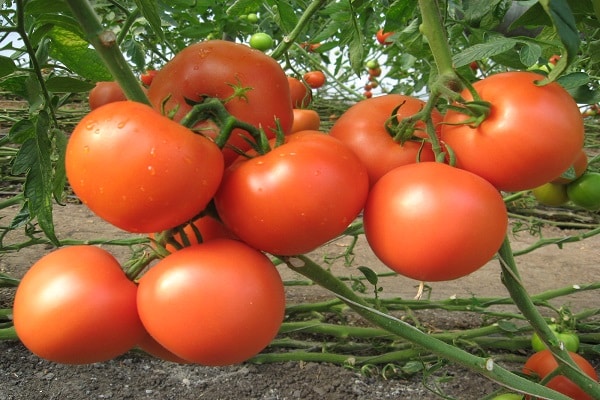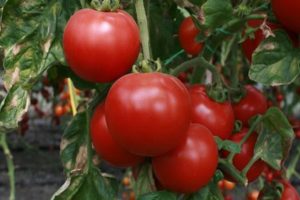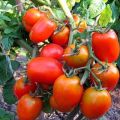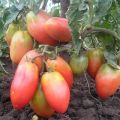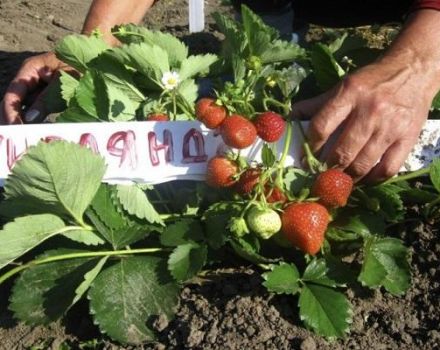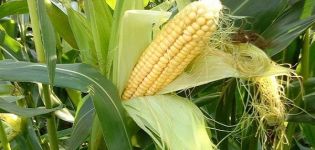Description of the Pandarosa tomato variety, features of cultivation and care
A rare site does without this culture. The relatively new tomato Pandarosa is striking in its characteristics. In addition to high immunity to diseases, it is very tasty and has a long shelf life.
Basic views
What the description of the variety gives. First of all, detailed information about the properties of the tomato and its main characteristics, taking into account which, the tomatoes are properly planted on the site and looked after. Information for those new to this business is especially valuable.
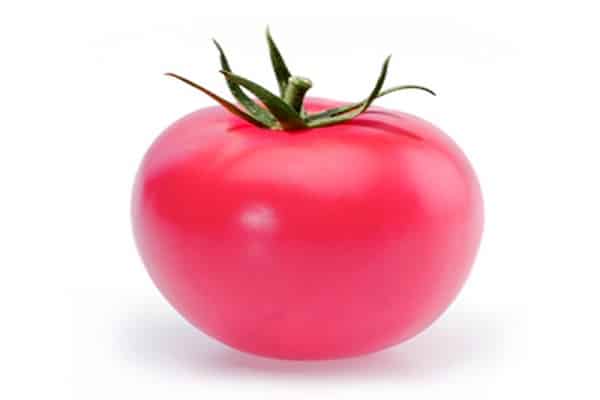
Plant:
- Indeterminate.
- Height 1.7-1.8 m.
- Ripens in 70 days.
Fruit:
- The shape is flat-round.
- Weight 200-250 g.
- Pink colour.
- The taste is sweet.
- The density is high.
- Do not crack.
- They lie perfectly.
- Suffer long transportation.

Summer residents, choosing a variety for planting, take into account those characteristics that satisfy the needs of the family. The higher these indicators, the more likely the variety will become a favorite.
How to plant and care for a crop correctly?
Tomatoes are grown by seedlings and direct sowing into the ground. The tomato requires care, compulsory formation and garter to the supports.
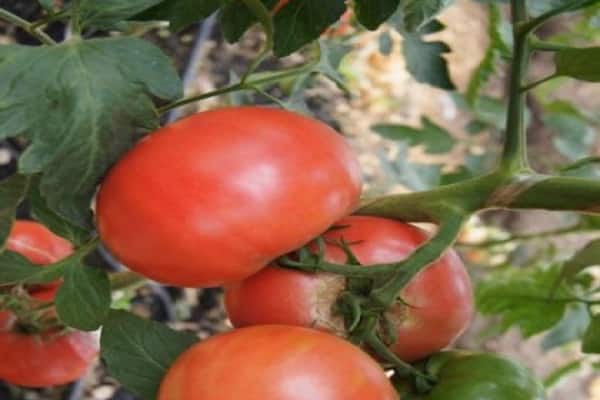
Seeds, with the seedling method, are sown in 55-60 days. Observing the modes of humidity, lighting and temperature. Feeding with growth stimulants will help form a green mass and a powerful root for a growing seedling. The seedlings should be dived at the phase of the appearance of the second true leaf. Separate containers are filled with nutritious soil mixture and transplanted one plant at a time into a pot.
Picking makes tomatoes more stress-resistant when transplanted into the ground.
The plant is hardened 10 days before transferring to a permanent place. Seedlings get used to the sun and wind. The first day is 15–20 minutes, the following days, increasing the period, leading to 7–8 hours.

Tomato Pandarosa F1 is transplanted into the ground at the rate of 3-4 plants per 1m2... They are fed for the first time, 7 days after transplantation. Then during the budding and ripening period.
Hilling, loosening and mulching retain moisture in the soil and prevent insect pests.
Sprinkle tomatoes with warm water after sunset. Without waterlogging, without letting dry.

Plant immunity
The hybrid is not susceptible to the following diseases:
- TMV.
- Top rot.
- Yellow curl.
- Cladosporium.
- Verticillosis.
- Fusarium wilting.
- Tracheomycotic wilting.
- Root rot.
- Nematode.
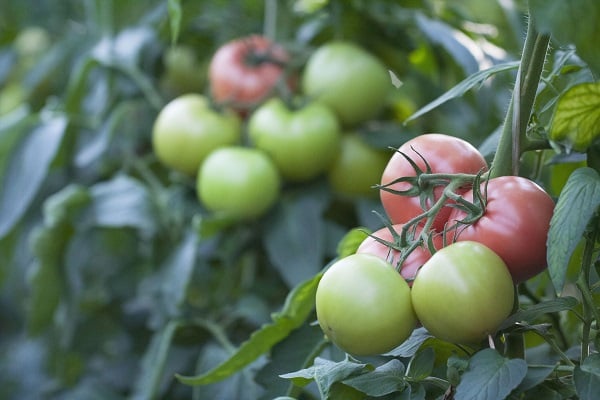
Disease immunity makes the variety more and more popular among summer residents.
Productivity and use in everyday life
The peculiarity of the variety is that it sets fruit in any even the most unfavorable conditions. The volume of tomatoes from one bush is 3 kg.
Used for processing, canning in slices and making fresh salads.

Positive and negative characteristics
More pluses of the variety make it popular among vegetable growers. Praise from a reputable gardener works better than any ad.
Pros:
- Stable harvest.
- Fruits do not crack.
- They are well stored and transported.
- Disease resistance.
- The ovaries are formed in any conditions.
- Great taste.

Minuses:
- Seeds do not retain parental genes.
- Plant formation required.
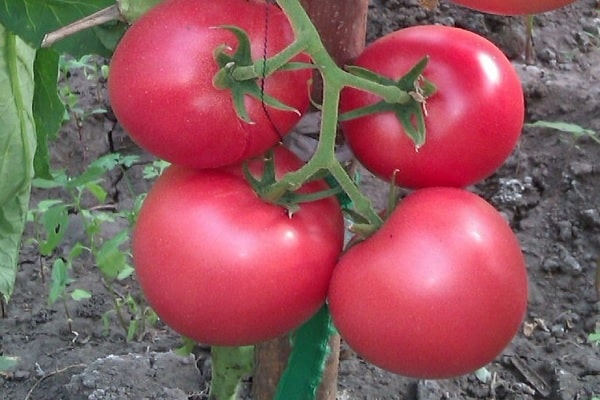
What do summer residents say about Pandarosa tomatoes?
Reviews contain useful information that can be useful to both a novice gardener and a person who first planted a variety on the site.
- Kuzminka: “We planted it in a greenhouse, at first the yield was higher. After it dropped slightly, the weather affected. The taste is excellent, the tomatoes are average. "
Pink-fruited Pandarosa tomatoes are sweet in taste and look beautiful in salad.
